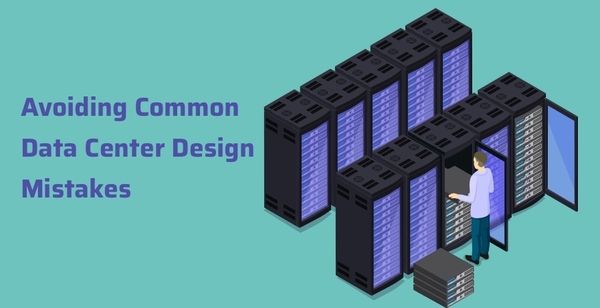
The 5 Most Common Data Center Power Design Mistakes
February 21, 2019
Effective Risk Management in Data Centers
February 27, 2019As hybrid cloud computing becomes increasingly common, companies need operational solutions that can help them reap the benefits of strategic workload allocation.
As businesses ramp up their investments in cloud computing solutions, it’s important for IT teams to consider which cloud configuration will best serve their company’s unique needs. On one hand, on-premises private cloud infrastructure offers unparalleled control within the confines of a single organizational structure. On the other, third-party-owned public cloud infrastructure gives companies access to right-sized storage and compute resources, helping them rein in inefficient IT spending.
However, for many companies, going all-in on either a private or public cloud may not be wise. While both configurations have distinct advantages, they come with trade-offs that businesses cannot afford to shoulder if they hope to stay competitive with their nimbler cloud-based competition. As such, instead of investing everything in one configuration, opting for a hybrid cloud solution that capitalizes on the best of both configurations is often a company’s best bet.
What Are Hybrid Clouds?
Hybrid clouds are computing environments that integrate elements of both on-premises private clouds and offsite public clouds. Typically, the private cloud elements are designed and installed by internal IT staff or external consultants and managed entirely in-house. Conversely, the public cloud elements are accessed through third-party vendors like Amazon Web Services, Microsoft Azure, and Google Cloud, vendors that retain responsibility for the majority of maintenance and upkeep tasks.
The private and public elements of this hybrid computing environment can be connected in any number of ways in order to facilitate the distribution of a company’s workloads in a manner that suits its specific needs. This distribution is traditionally conducted over wide area networks that ensure steady, reliable communication between the two cloud environments.

Though less common, companies have a variety of other hybrid cloud models at their disposal, as well. Such alternatives might include connecting a traditional IT infrastructure to public cloud resources or even connecting public cloud resources from multiple providers to each other.
Why Are Hybrid Clouds an Attractive Solution?
By relying on a hybrid cloud, a company gains the ability to strategically allocate compute and storage resources in a way that aligns with its current workloads. For instance, if your business has valuable information that you’re hesitant to entrust to a third party, those workloads can be directed to run on an on-premises private cloud server. On the other hand, less sensitive tasks—especially those that are quite resource-intensive—can be assigned to a server accessed via a public cloud.
This level of flexibility is valuable to nearly every business, but particularly to businesses that see periodic surges in specific types of workloads. With the power of a hybrid cloud, these businesses no longer need to pay for year-round access to the compute and storage required to handle their most resource-intensive workloads, but can instead quickly scale up their public cloud capacity when they need greater bandwidth and scale it down when the surge subsides. Additionally, with the flexibility afforded by a hybrid cloud, a company’s new apps and services can be brought to operational scale in a smoother fashion than is possible within a more traditional IT infrastructure.
Ultimately, it’s incumbent upon CIOs, CISOs, and other senior decision-makers to work with both their own IT teams and their cloud partners to determine how and when various workloads should be distributed between the private and public elements of their hybrid environment.
How Does Colocation Fit In?
Whether you’re new to cloud computing altogether or you’re looking to invest in a fresh cloud solution for your business, you need to ensure that you have the operational capacity to connect your private and public cloud configurations in a way that maximizes your return on investment. While this may seem relatively simple, it’s actually one of the more challenging aspects of hybrid cloud deployment.

Thankfully, the rise of colocation means that businesses now have the opportunity to construct hybrid cloud environments without having to budget for the cost of in-house data centers. Instead of relying exclusively on on-premises private cloud servers, companies can assemble a robust portfolio of private servers that are managed and maintained by an experienced colocation provider. Because hybrid cloud computing relies on around-the-clock connectivity between a company’s public and private cloud environments, securing the services of a dependable colocation partner can often be the key to successful hybrid cloud deployment.
For small and mid-sized businesses, such a partnership can help them maintain an outsized presence in the marketplace by empowering them to capitalize on everything a hybrid cloud approach has to offer. For larger enterprises that are already balancing dedicated private and public cloud infrastructures, colocation can help them make the most of their existing data centers while cutting costs with strategic off-site hosting.
